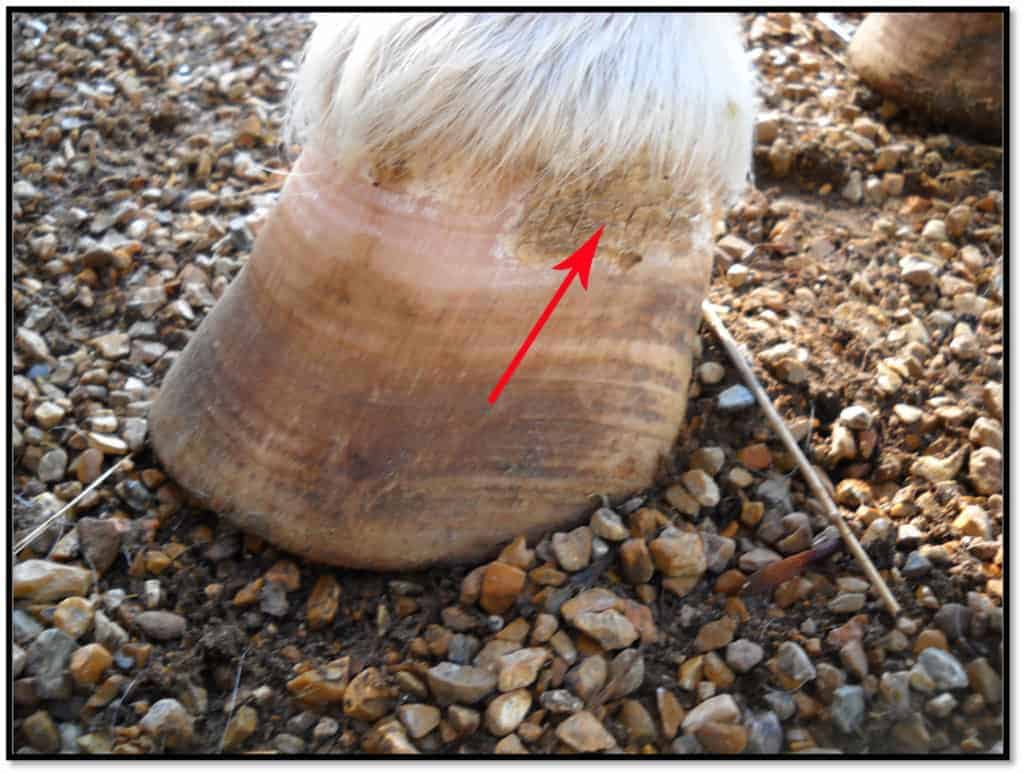
Does Equine Hoof Shape Have an Effect on Soundness?
Certain hoof characteristics can be associated with chronic lameness, while others point to a sound horse.
News and issues for equine health professionals

Certain hoof characteristics can be associated with chronic lameness, while others point to a sound horse.
Contagious equine metritis, dourine, influenza, and strangles were among the disease reported.
A judge ruled that a non-veterinarian equine dentist could not perform tooth-floating services for pay.

Acute kidney injury, or compromised renal function, is often reversible if treated appropriately and promptly.

Potomac horse fever often poses a diagnostic challenge because of its varied clinical presentations.
Topics discussed included diagnostic methods, types of back pain, kissing spines, and treatment methods.

Picking up on subtle signs of hyperinsulinemia is one way veterinarians can try to halt laminitis onset.
Claudia Sonder, DVM, will assist the director in the oversight and daily management of the CEH facilities.
A high-field MRI machine will be at the MU hospital once or twice monthly, depending on demand.

Laminitis stemming from equine metabolic syndrome, Cushing’s, and other hormonal conditions is common.

Season variations in ACTH levels are found in some geographic areas, while no changes take place in others.

Through a series of scientific, practical, and owner-oriented programs, presenters covered issues such as lameness detection, pain management, shoeing strategies, and treatment methods.

The respiratory system can be a major cause of poor performance or premature retirement from competition.
The University of Calgary assistant professor wrote two papers presented in the Kester News Hour.
Topics covered included pleuropneumonia, equine multinodular pulmonary fibrosis, and lower airway inflammation
Testing options include a comprehensive coat color package and a comprehensive disease diagnostic package.
Stay on top of the most recent Horse Health news with
"*" indicates required fields